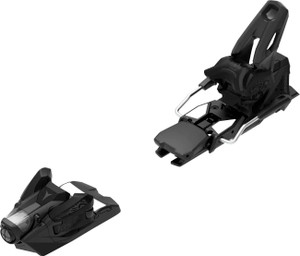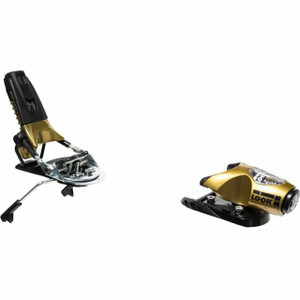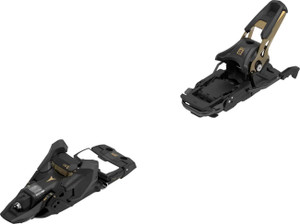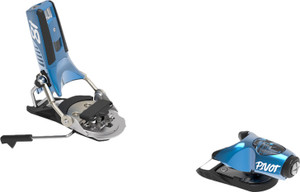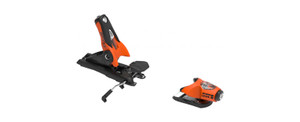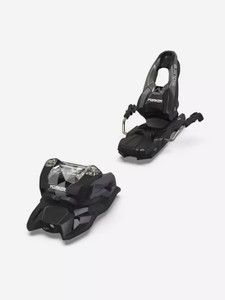Downhill Bindings
Downhill ski bindings (also called alpine ski bindings) are the mechanical devices that connect your ski boots to your downhill skis. They’re a critical component of ski equipment, as they:
Primary Functions:
-
Secure Boot to Ski:
Hold your boot firmly in place during skiing for control, power transfer, and stability. -
Release During Falls:
Release your boot during a fall to help prevent injuries, especially to knees and legs. -
Adjustable DIN Setting:
The DIN (Deutsches Institut für Normung) setting controls how easily the binding releases. It’s based on weight, height, skill level, and boot size.
Main Parts of a Downhill Binding:
-
Toe Piece: Holds the front of your boot and releases it laterally (to the side) during a fall.
-
Heel Piece: Holds the back of your boot and usually releases it upward during a forward fall.
-
Brake Arms: Retractable metal arms that stick out when the boot is not in the binding, helping to stop the ski from sliding away.
Types of Downhill Bindings:
-
Alpine Bindings (Standard): Designed purely for downhill skiing.
-
Alpine Touring (AT) Bindings: Allow for uphill climbing with free-heel motion, then lock down for downhill skiing.
-
Integrated System Bindings: Pre-mounted on skis as part of a system (common in beginner/intermediate setups).
-
Race Bindings: High-performance, low-profile bindings optimized for speed and control.
Important Tips:
-
Proper Mounting & Adjustment: Always have bindings professionally mounted and adjusted to your weight, skiing style, and ability.
-
Compatibility: Make sure your ski boots match the binding type (ISO 5355, GripWalk, etc.).
-
Maintenance: Bindings should be checked annually, especially for DIN setting calibration and wear.
Let us know if you want recommendations or help understanding binding specs or what DIN setting you might need!

